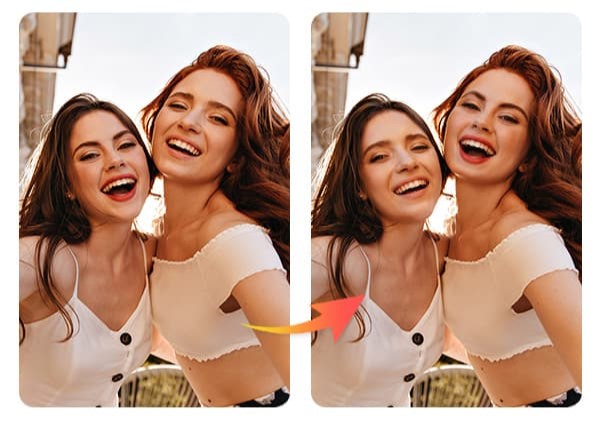Face-swapping technology has rapidly evolved, offering users the ability to alter their digital media creatively and seamlessly. What started as a fun feature in apps has now advanced into a powerful tool used in entertainment, social media, and even professional industries. With the emergence of multi-face swap techniques, users can swap multiple faces in a single video, making the process even more engaging and realistic. This article explores the growth of video face swap technology, its applications, and the ethical concerns associated with its use.
The Evolution of Face Swap Technology
Face-swapping technology first gained popularity through mobile applications that allowed users to swap faces in static images. The initial versions were simple and relied on basic facial recognition techniques. However, with advancements in artificial intelligence (AI) and machine learning, face-swapping has become highly sophisticated, allowing for real-time application and use in videos.
Today, deep learning algorithms, particularly Generative Adversarial Networks (GANs), have significantly enhanced video face swap capabilities. These AI-driven models can map facial features accurately, ensuring seamless transitions and lifelike results. The introduction of multi-face swap functionality enables multiple faces to be swapped simultaneously within the same video, making it a groundbreaking development in digital editing.
Applications of Multi-Face Swap in Videos
The rise of multi-face swap technology has led to its adoption in various fields, including entertainment, social media, and professional applications. Here are some key areas where video face swap technology is making an impact:
1. Entertainment Industry
Face swap technology is being widely used in movies and TV shows to enhance visual effects. Filmmakers use AI-driven face-swapping to de-age actors, replace stunt doubles’ faces, and even recreate deceased actors for continuity purposes. This allows for more immersive storytelling while reducing the costs associated with CGI-based facial modifications.
2. Social Media and Content Creation
Platforms like TikTok, Instagram, and Snapchat have integrated face swap features, making it easier for users to create engaging and entertaining videos. Multiple face swap allows influencers and content creators to produce unique content by swapping multiple faces at once, creating humorous or dramatic effects.
3. Gaming and Virtual Reality (VR)
The gaming industry has also embraced face swap technology to provide customized avatars and enhanced user experiences. Players can insert their own faces into characters, making games more interactive and personalized. Similarly, VR applications use this technology to improve digital identity representation.
4. Education and Training
Face swap technology is also being explored in educational settings. In historical reenactments and training simulations, swapping faces can bring historical figures to life or create immersive role-playing experiences for training programs.
5. Marketing and Advertising
Brands are leveraging face swap technology to create personalized advertisements. AI-driven face swaps allow brands to insert different faces into promotional content, making campaigns more relatable and engaging for diverse audiences.
Ethical and Privacy Concerns
While the advancements in video face swap technology are impressive, they also raise ethical and privacy concerns. The misuse of face-swapping has led to the creation of deepfakes—videos where faces are swapped to create misleading or false content. This can have serious implications, including the spread of misinformation, identity theft, and privacy violations.
1. Deepfake Risks
Deepfake technology, powered by advanced face swap algorithms, has been used to manipulate videos and create misleading narratives. This has raised concerns about its impact on political misinformation, personal privacy, and cybersecurity.
2. Consent and Privacy Issues
One major concern with multi-face swap technology is the unauthorized use of someone’s face. Without proper consent, swapping faces in videos can lead to legal and ethical violations.
3. Regulations and Ethical Guidelines
Governments and tech companies are working on measures to regulate face swap and deepfake technology. AI watermarking, digital authentication tools, and stricter content moderation policies are being developed to curb the misuse of this technology.
Conclusion
The evolution of video face swap technology has revolutionized digital media, enabling creative possibilities across various fields. From enhancing entertainment experiences to creating interactive social media content, multi-face swap has opened new doors for innovation. However, ethical considerations and privacy concerns must be addressed to ensure responsible use. As technology continues to evolve, striking a balance between creativity and ethical responsibility will be crucial for the future of face-swapping in videos.






